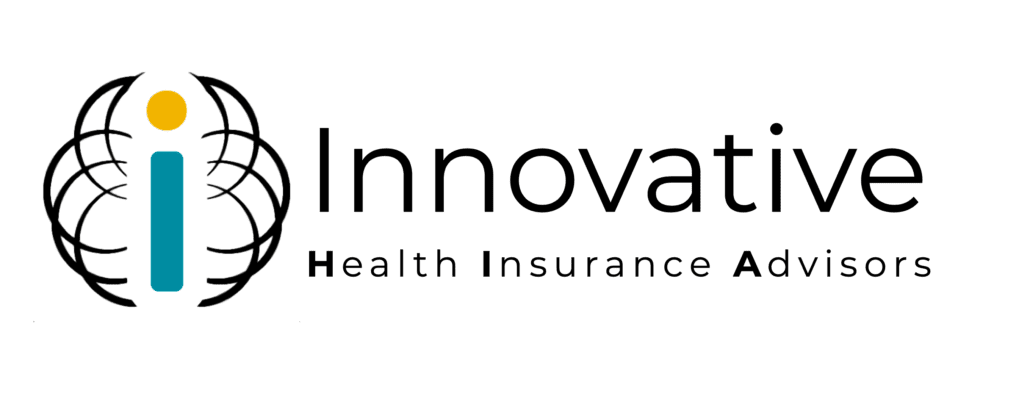ACA Reporting Deadlines and Compliance Requirements in 2023
The Affordable Care Act (ACA) has been in effect for over a decade, but its reporting and compliance requirements continue to evolve. In 2023, businesses and employers will face several ACA reporting deadlines and compliance requirements that they must adhere to in order to avoid penalties and maintain compliance with the law.
These requirements include providing healthcare coverage to employees, filing information returns with the IRS, and furnishing statements to individuals. It is essential for employers to understand these requirements and stay up to date with any changes or updates to ensure that they are meeting their obligations under the ACA.
What Are the ACA Reporting Deadlines at the Beginning of 2023 to Report on the 2022 Calendar Year?
New regulations have been finalized by the IRS, which stipulate that Applicable Large Employers (ALEs) must provide their employees with the Forms 1095-C on or before March 2, 2023. Additionally, ALEs are required to file Form 1094-C and provide copies of Forms 1095-C to the IRS by March 31, 2023 if they choose to file electronically.
Employers who must file fewer than 250 returns are permitted to file on paper, but must do so no later than February 28, 2023. It is important for ALEs to meet these deadlines to ensure compliance with the Affordable Care Act (ACA) reporting requirements and avoid potential penalties.
ACA Reporting: Overview
The Affordable Care Act (ACA) mandates that Applicable Large Employers (ALEs) report whether they provided full-time employees with affordable, minimum essential coverage (MEC) that meets minimum value requirements. For employers with self-insured plans, regardless of their size, reporting must also include months of coverage for all individuals enrolled.
The reporting requirements for ALEs, regardless of their funding arrangement, are fulfilled through IRS Forms 1094-C and 1095-C. This overview highlights the essential elements of ACA reporting for ALEs.
ACA Reporting Deadlines for ALEs
The IRS has recently made changes to the ACA reporting deadlines for Applicable Large Employers (ALEs) by finalizing new regulations that make the automatic 30-day extension permanent. This extension, which was previously available to employers who needed extra time to furnish Form 1095-C to individuals, will now be available for all future years of ACA reporting.
The ACA reporting deadlines for ALEs will now be as follows:
- Form 1095-C: Deadline to Furnish to Individuals
Standard Due Date: January 31
Automatically Extended Due Date: March 2
(Leap Year Due Date: March 1)
- Form 1094-C (+Copies of Form 1095-C):
Deadline to File with IRS by Paper
Standard Due Date: February 28
- Form 1094-C (+Copies of Form 1095-C):
Deadline to File with IRS Electronically (Required for 250 or More Returns)
Standard Due Date: March 31
If the due date falls on a weekend or a legal holiday, the deadline is extended to the next business day. These deadlines apply to all ALEs regardless of their plan year.
The IRS has also proposed regulations that would reduce the required electronic filing threshold to employers filing just 10 or more returns. That reduced 10-return electronic filing threshold has not been finalized and therefore is not currently being enforced.
ACA Reporting: Fully Insured vs. Self-Insured Plans
The ACA reporting requirements for Applicable Large Employers (ALEs) differ based on whether their medical plan is fully insured or self-insured. Level funded plans are considered self-insured for reporting purposes as they are not fully insured. ALEs with fully insured medical plans are not required to report under §6055 in Part III of Form 1095-C. Their only reporting responsibility is under §6056, which covers Parts I and II of Form 1095-C as well as the full Form 1094-C.
In contrast, enrolled employees and their dependents’ coverage information for a fully insured plan is reported by the insurance carrier on Form 1095-B, and the carrier is solely responsible for furnishing and filing the Form 1095-B coverage information and soliciting any missing dependent SSNs. ALEs with self-insured medical plans are subject to §6055 reporting and must complete Part III, in addition to Parts I and II, of Form 1095-C.
The following overview addresses ACA reporting obligations by employer size and funding arrangement:
ALE Sponsoring a Self-Insured Medical Plan (Including Level Funded)
IRC §6055 and §6056 Reporting
- Completed via Forms 1094-C and 1095-C.
- Employer must complete Part III of the Form 1095-C (“Covered Individuals”) for enrolled individuals.
- If the employer sponsors both self-insured and fully insured medical plan options, the employer completes Part III only for individuals enrolled in the self-insured medical plan.
Important Note: “Level funded” plans are considered self-insured for these purposes.
ALE Sponsoring a Fully Insured Medical Plan
IRC §6056 Reporting Only
- Completed via Forms 1094-C and 1095-C.
- Employer does not complete Part III of the Form 1095-C (“Covered Individuals”).
- Insurance carrier completes coverage information on separate Form 1095-B.
Non-ALE Sponsoring a Self-Insured Medical Plan (Including Level Funded)
IRC §6055 Reporting Only
- Completed via Forms 1094-B and 1095-B.
- Employer does not complete Forms 1094-C and 1095-C (because not subject to the employer mandate).
- Employer information listed in Part III (“Issuer or Other Coverage Provider”) of the 1095-B.
- Employer does not complete Part II (“Information About Certain Employer-Sponsored Coverage”) of the Form 1095-B.
Important Note: “Level funded” plans are considered self-insured for these purposes.
Non-ALE Sponsoring a Fully Insured Medical Plan
No ACA Reporting!
ACA Reporting: Controlled Groups
For an ALE that falls under the ACA employer mandate and has multiple corporate entities in a controlled group, each subsidiary or related entity in the controlled group must file a separate Form 1094-C. Each entity, also known as an Applicable Large Employer Member (ALEM), must file their own report.
Aggregated ALE Groups have additional ACA reporting obligations:
Form 1094-C for each ALEM must contain the following:
- Part II, Line 21: Each ALEM must answer “Yes” to the question “Is ALE Member a member of an Aggregated ALE Group?”
- Part III, Column (d): The “Aggregated Group Indicator” box will be checked for each month in which the controlled group existed.
- Part IV: The “Other ALE Members of Aggregated ALE Group” section will be completed listing the names of the other related entities in the controlled group (the other ALEMs) and their EINs.
Forms 1095-C from each ALEM must contain the following:
- The full-time employees of each EIN (i.e., each ALEM) must receive a Form 1095-C with that ALEM’s corporate name and EIN.
- If an employee works for more than one ALEM in the Aggregated ALE Group in any calendar month, the ALEM for whom the employee worked the most hours of service in that calendar month is responsible for the employee’s Form 1095-C ACA reporting for that month.
It is important to note that Aggregated ALE Groups must comply with all ACA reporting requirements and that failure to do so could result in penalties.
ACA Reporting: COBRA Guidelines
Employers with fully insured plans only need to address additional COBRA-related ACA reporting requirements in the event of an employee’s qualifying event being a loss of coverage due to a reduction in hours. The appropriate coding in such a case depends on whether the employee has elected COBRA and whether the employee was in employee-only or family coverage.
Apart from the above requirements, self-insured plans (including level funded plans) must report coverage information completed in Part III for all months of active or COBRA coverage.
Part II of Form 1095-C for COBRA participants who were a full-time employee for at least one month in the year will be completed similarly for both self-insured and fully insured plans. For individuals who were enrolled in COBRA under a self-insured plan for at least one month in the reporting year but whose active coverage terminated in a previous year, the Part II coding will indicate that the individual was not an employee for any month of the year (Code “1G” in Line 14 for all 12 months).
Note: additional rules apply when the spouse or dependent elects COBRA separately from the employee.
Still Have Questions?
The best way for employers to remain compliant with healthcare laws is to consult with a team of professionals. Our team at Innovative HIA understands the ACA and can help you stay up-to-date on any changes to the law.









